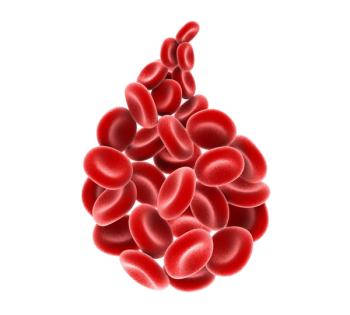
Complexity of Cases, RT Treatment Delivery Drive Risk of Safety Incidents
A study found that several disease- and treatment-specific factors are associated with an increased risk of near misses or safety incidents in patients undergoing radiation therapy.
A study found that several disease- and treatment-specific factors are associated with an increased risk of near misses or safety incidents in patients undergoing radiation therapy (RT). The factors generally reflect more complex cases or complicated treatment plans, and the use of an incident reporting system could help encourage better safety practices.
“Patient safety is a vital concern in radiation oncology, with near miss or safety incidents (NMSIs) estimated to occur in up to 5% of the more than 600,000 patients receiving radiation each year,” said Greg D. Judy, MD, of the University of North Carolina at Chapel Hill, at the American Society of Clinical Oncology (ASCO) 2017 Quality Care Symposium, held March 3–4 in Orlando, Florida. Previous research on factors associated with those incidents has suggested that the complexity of the treatment plan or the overall process may be the driving factors that raise risk.
The new study (
A multivariate model found four factors significantly predicted the occurrence of an NMSI. These included T2 stage disease, with an odds ratio (OR) of 3.3 (P = .004) and head and neck site with an OR of 5.2 (P = .01) for patient- or disease-specific factors, while treatment-specific factors included image-guided IMRT with an OR of 3 (P = .009) and daily imaging with an OR of 7 (P < .001).
Judy pointed out that other than the T2 disease, these factors represent complexity in planning and delivery of radiation, which likely contributes to safety incidents. The disease stage may be related to which malignancies tend to present at certain stages, meaning that this still could reflect the complexity of the disease site rather than something specific to staging.
Documentation (29%) and scheduling (29%) were the most common root causes of NMSIs, followed by communications errors (22%), technical treatment planning (14%), and technical treatment delivery (6%). Communication errors were more likely to reach the patient than the other causes (P < .001), while the less common technical treatment delivery errors carried the highest severity (P = .005).
The study is limited by its retrospective, single-institution nature, Judy said, along with the potential for reporting bias since incidents were self-reported. To get around that issue, he said, “you can encourage a strong safety culture and encourage people to report, and then give feedback so they continue to report.” His group will next conduct a more in-depth analysis of root causes, in an attempt to help reduce safety incidences in radiation therapy settings.
Newsletter
Stay up to date on recent advances in the multidisciplinary approach to cancer.


















































































